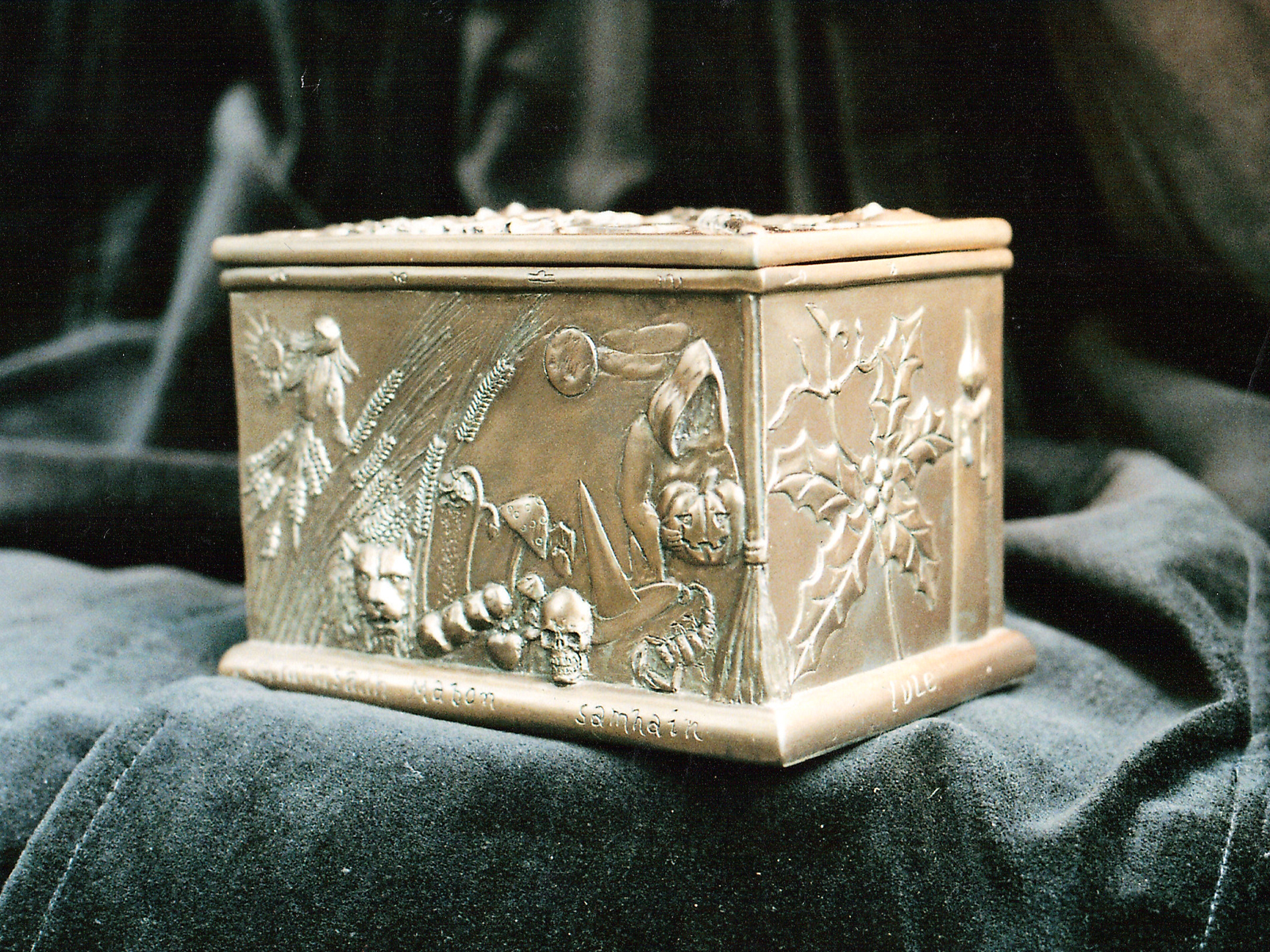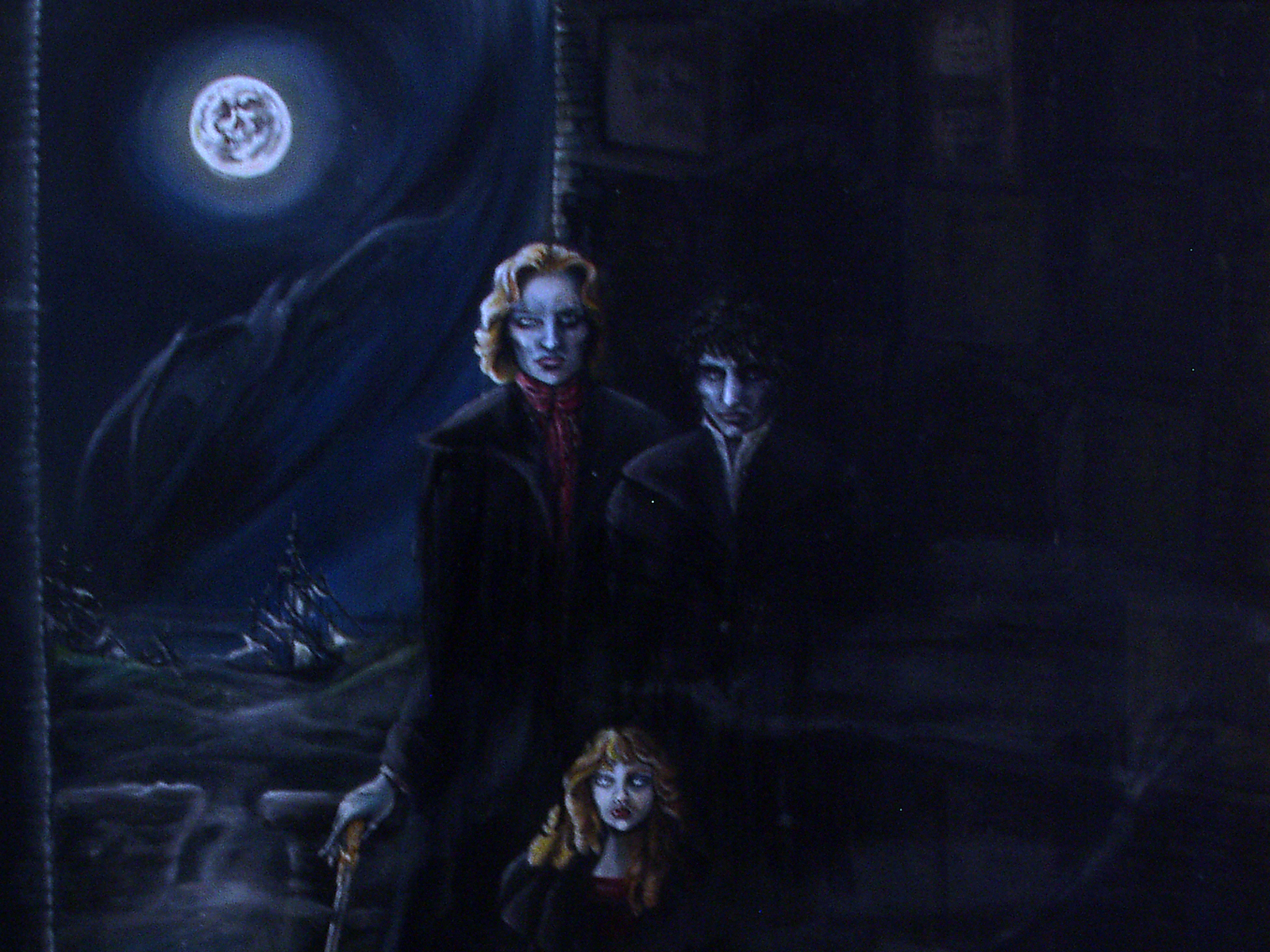Vikings
Vikings
The Viking Goblet
History has always interested me, particular the Roman era, the Viking period and Machiavelli’s Renaissance Italy. I have designed a bronze style Viking goblet together with a painted version. I felt the goblet captured their essence and power. An original Viking goblet was painted and hand copied in the factory, so each one may vary slightly. A ‘morphed’ longboat encases the goblet, descending down are long oars which serves as the stem splashing into the sea, representing the base. A Viking warrior is shown with furs across his shoulders, armed with sword, spear and axe. I have depicted his helmet without horns, as most historians and archaeologists now agree that horned helmets were a later ‘tag on’ to the Viking myth.
On the back of the goblet is a warlike raven carrying an axe (a favored weapon of the Norsemen). The Raven was held in high esteem and had a special significance to the Vikings. Ravens were always found on the battlefield for a reason, as ravens and carrion crows generated a macabre image and became the real victors in the Viking’s military campaigns, reflecting on their gruesome survival deeds, like the African vultures. For the fallen fighters and dead of these times bodies were often not buried, leaving their dying bodies to the carrion, eyes being the first to be pecked out and eaten. Ravens were also associated with Woden, High King of the Viking Pantheon. The Ravens became the emblem on the square sails of their longboats.
Exploring history in the eighth century, Vikings were not a single nation, but various groups who changed world history, for example, modern day Russia is believed to derive its name from the ‘russ’; russ being the name given to the Vikings in Eastern Europe. Throughout various times they were colonizing and conquering Europe, Britain and Southern Ireland with sea bases in Dublin, Waterford, Wexford and Cork. The Vikings also settled as mentioned in Eastern Europe and Russia, trading with Byzantium and the Islamic World. Although their decline in the middle half of the eleventh century gave rise to their ascendants the Normans, of Viking ancestry. Substituting ‘northmen’, the name used for the Viking at the time, became Norsemen into Normans.
Modern day Normandy was given as a bribe by the king of France to the Viking raiders in an exchange to end hostilities and create a buffer zone against further intrusions by other Vikings. The barbarians were soon absorbed into the French culture. After a hundred years, the Nordic language had nearly died out; it is from this period where William the Bastard later to be called William the Conqueror, grew up to become the king of Normandy and then king of England in 1066. This period was recognised as the end of the Dark Ages and the start of the medieval period.





Leave A Comment
You must be logged in to post a comment.